Ford has been busy implementing a new industry-first paint quality technology across its manufacturing plants. Called 3D Dirt Detection, the new tech was most recently integrated into The Blue Oval’s Dearborn Truck Plant in Dearborn, Michigan that manufactures the F-Series pickup trucks.
The dirt detection technology is used to ensure optimal paint and surface quality by using high-resolution cameras and reflected light to digitally identify surface imperfections finer than a grain of salt in final vehicle assembly. If found, line workers are prompted to polish and buff out imperfections as necessary. In the past, paint and surface inspections were conducted using the human eye.
The 3D imaging system exerts varying degrees and angles of light on the painted vehicle bodies as 16 cameras capture the image every 15 seconds (at 15 frames per second). The images, a total of 3,150 per vehicle produced, are then stitched together for a full 3D image that is digitally compared to a perfect computer model to identify dirt in paint and other irregular paint conditions.
The implementation of the technology has enabled Ford to improve paint quality and reduce customer complaints related to the surface finish of the vehicle by 82% within one year, as measured by customer warranty data for F-Series models produced at the Dearborn plant.
“This system ensures better paint jobs and surface finishes for Ford customers around the world,” said Tom Dougan, project manager, global paint applications at Ford.
Dirt particles and other undesirable elements can enter a shop floor in multiple ways, including environmental sources, machinery, and even workers, making paint quality one of the toughest variables to manage in a production environment, especially using conventional quality control methods.
“This is one of the most exciting integrations of optical science and digital technology in the automotive industry,” said Dougan. “By combining innovations in vision technology, processing speed and software, Ford continues to invent new technologies that give our customers better paint quality and surpass competitor offerings.”
Here’s Mr. Dougan explaining the process:
Ford currently uses the dirt detection technology at three of its assembly plants:
- Valencia Assembly Plant, Valencia, Spain, home of the Ford C-MAX (Grand C-MAX and compact models)
- Dearborn Truck Plant, Dearborn, Michigan, home of the Ford F-Series
- Kentucky Truck Plant, Louisville, Kentucky, home of the Ford Expedition and Ford Super Duty
Later in 2013, The Blue Oval will launch the technology at the following locations:
- Louisville Assembly Plant, Louisville, Kentucky, home of the Ford Escape
- Chicago Assembly Plant, Chicago, home of the Ford Taurus, Ford Police Interceptor, Ford Explorer
- Oakville Assembly, Oakville, Ontario, Canada, home of the Ford Edge, Ford Flex
In 2014, Ford will launch the dirt detection technology at the following plants:
- Flat Rock Assembly Plant, Flat Rock, Michigan, home of the Ford Mustang and U.S.-built Ford Fusion
- Kansas City Assembly Plant, Claycomo, Missouri, home of the Ford F-Series
The Motrolix Take
It’s brilliant and inspiring to see Ford using this kind of technology to improve its painting process. In fact, the more we think about it, the more we wonder about how cars were ever made without it. Ironically, this presents yet another example of a technology that performs a task better than humans.
We also wonder how Ford can use 3D Dirt Detection to learn about the various drawbacks of its existing paint processes, and improve them over time to eliminate or reduce painting imperfections even further.

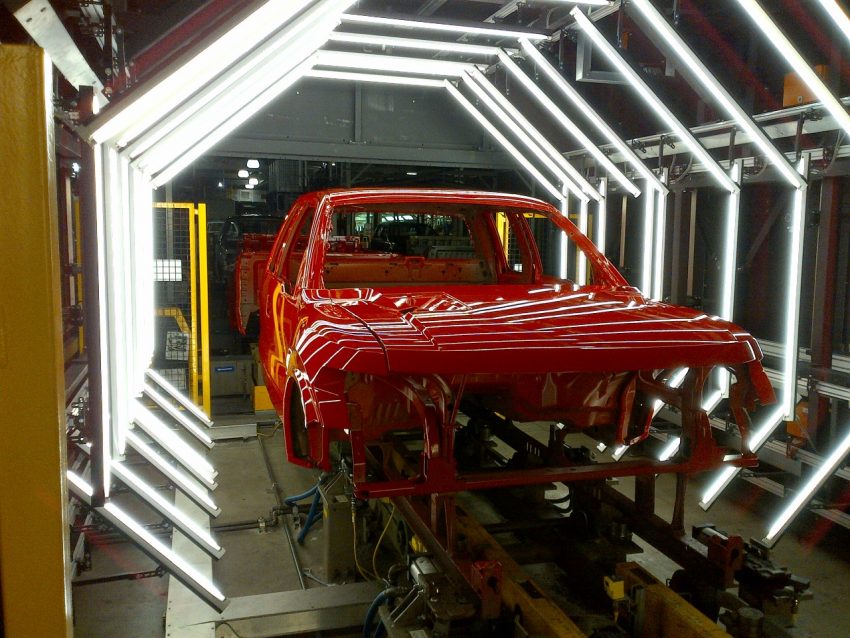
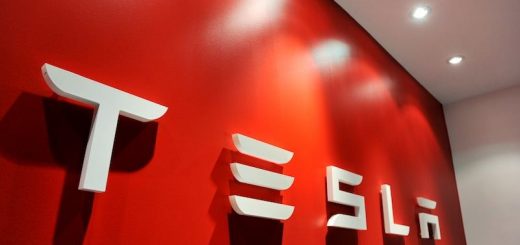
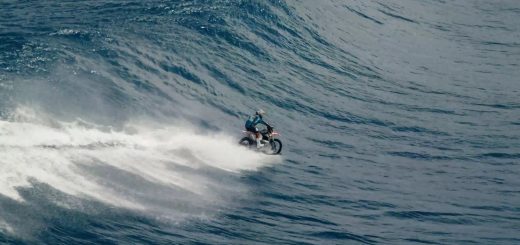
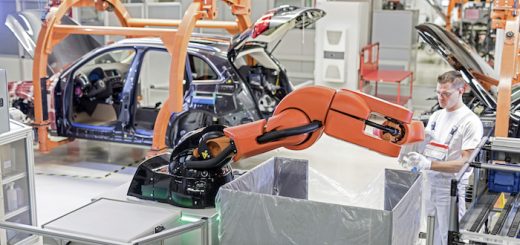
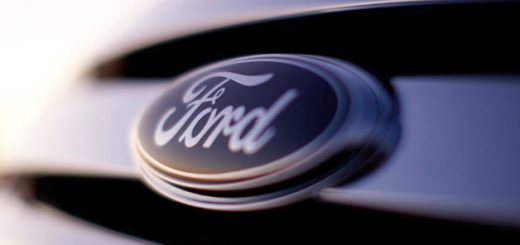
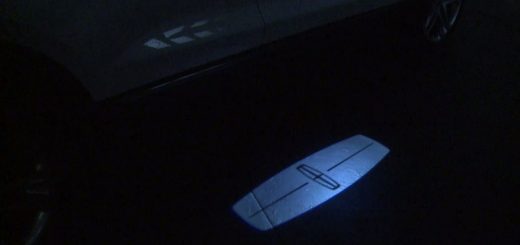
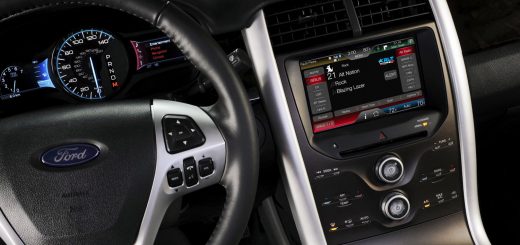






No Comments yet